Arnold, Michael L. 2008. Reticulate Evolution and Humans: Origins and Ecology. Oxford University Press.
Bell, D.; Roberton, S.; and Hunter, P. R. 2004. "Animal Origins of SARS Coronavirus: Possible Links with the International Trade in Small Carnivores." Philosophical Transactions of the Royal Society of London, Series B, Biological Sciences 359:1107-1114.
Bisby, F.A.; Roskov, Y.R.; Orrell, T.M.; Nicolson, D.; Paglinawan, L.E.; Bailly, N.; Kirk, P.M.; Bourgoin, T.; Baillargeon, G.; and Ouvrard, D. (red.). 2011. "Paradoxurus zeylonensis (Schreber, 1778)." Species 2000 & ITIS Catalogue of Life: 2011 Annual Checklist. Reading, UK. Retrieved September 22, 2014.
- Available at: http://www.itis.gov/servlet/SingleRpt/SingleRpt?search_topic=TSN&search_value=621987
Blanford, W.T. (William Thomas). 1885. "A Monograph of the Genus Paradoxurus, F. Cuv." Proceedings of the Scientific Meetings of the Zoological Society of London for the Year 1885 (November 3, 1885): 780 - 808.
- Available via Biodiversity Heritage Library at: http://biodiversitylibrary.org/page/28697819
Boelens, Bo; Watkins, Michael; and Grayson, Michael. 2009. The Eponym Dictionary of Mammals. Johns Hopkins University.
Boudet, Ch. 10 January 2009. "Species Sheet: Golden Dry-zone Palm Civet." Mammals' Planet: Vs n°4, 04/2010. Retrieved September 22, 2014.
- Available at: http://www.planet-mammiferes.org/drupal/en/node/38?indice=Paradoxurus+stenocephalus
Cassell's Universal Portrait Gallery: A Collection of Portraits of Celebrities, English and Foreign. With Facsimile Autographs. 1895. London, Paris & Melbourne: Cassell and Company, Limited.
- Available via Internet Archive at: https://archive.org/details/cassellsuniversa00londiala
"Chasing Civets." The Sunday Times Plus: Sunday, January 18, 2009. Colombo, Sri Lanka: Wiijeya Newspapers Ltd. Retrieved September 22, 2014.
- Available at: http://www.sundaytimes.lk/090118/Plus/sundaytimesplus_01.html
Corbet, G.B.; and Hill, J.E. 1992. Mammals of the Indo-Malayan Region: A Systematic Review. Oxford, U.K.: Oxford University Press.
Cuvier, Frédéric. 1822. "Du genre Paradoxure et de deux espèces nouvelles qui s'y rapportent."Mémoires du Muséum d’Histoire Naturelle, Tome Neuvième: 41 - 48.
- Available via Biodiversity Heritage Library at: http://biodiversitylibrary.org/page/34824449
- Available via Internet Archive at: http://archive.org/stream/mmoiresdumus91822mus#page/41/mode/1up
Driver, Stephanie (ed.). 2008. Exploring Mammals, Volume 3. Tarrytown, NY: Marshall Cavendish Corporation.
Duff, Andrew; and Lawson, Ann. 2004. Mammals of the World: A Checklist. Yale University Press.
Ewer, R.F. 1998. The Carnivores. Cornell University Press: Cornell Paperbacks.
Gaubert, P.; and Cordeiro-Estrela, P. 2006. “Phylogenetic Systematics and Tempo of Evolution of the Viverrinae (Mammalia, Carnivora, Viverridae) within Feliformians: Implications for Faunal Exchanges between Asia and Africa.” Molecular Phylogenetics and Evolution 41:266-278.
Gervais, Paul. 1855. Histoire naturelle des Mammifères: Carnivores, Proboscidiens, Jumentés, Bisulques, Édentés, Marsupiaux, Monotrèmes, Phoques, Sirénides et Cétacés. Paris: L. Curmer.
Gittleman, John L.; Funk, Stephan M.; Macdonald, David; and Wayne, Robert K. (eds.). 2001. Carnivore Conservation. Cambridge University Press: Conservation Biology 5.
“Golden Palm Civet Pictures and Facts.” The Website of Everything: Animals > Mammals > Carnivora > Viverridae > Paradoxurinae > Arctogalidia. Retrieved September 22, 2014.
- Available at: http:http://thewebsiteofeverything.com/animals/mammals/Carnivora/Viverridae/Paradoxurus/Paradoxurus-zeylonensis.html
Gray, J.E. 1832. "On the Family of Viverridae and its Generic Sub-divisions, with an Enumeration of the Species of Several New Ones." Proceedings of the Committee of Science and Correspondence of the Zoological Society of London 1832(2):63-68.
Groves, Colin P.: Rajapaksha, Channa; Manemandra-Arachchi, Kelum. 2009. “The Taxonomy of the Endemic Golden Palm Civet of Sri Lanka.” Zoological Journal of the Linnean Society 155:238-251.
Hayssen, Virginia; Van Tienhoven, Ari; and Van Tienoven, Ans. 1993. Asdell’s Patterns of Mammalian Reproduction: A Compendium of Species-Specific Data. Cornell University.
Hunter, Luke; and Barrett, Priscilla. 2011. A Field Guide to the Carnivores of the World. London, Cape Town, Sydney, Auckland: New Holland Publishers (UK) Ltd.
Jennings, A. P.; and Veron, J. 2009. "Family Viverridae (Civets, Genets, and Oyans)." In: Don E. Wilson and Russel Mittermeier (Hrsg.) Handbook of the Mammals of the World Volume 1: Carnivores. Lynx Edicions.
Kondo, H.; Tesar, J.; Cloud, D.; Kagan, L. (eds.). 1972. Civets, Genets, and Linsangs, Volume 2, 3rd Edition. Milan: Fratelli Fabbri Editori.
Larivière, Serge. 2004. "Civets, Genets, and Linsangs (Viverridae)." Pp. 335-339 in Grzimek's Animal Life Encyclopedia, Second Edition. Volume 14: Mammals III, edited by Michael Hutchins, Devra G. Kleiman, Valerius Geist, and Melissa C. McDade. Farmington Hills, MI: Gale Group, Inc., division of Thomson Learning Inc.
McGinley, Mark. 8 May 2014. Sri Lanka Dry-zone Dry Evergreen Forests. World Wildlife Fund: Conservation Biology, Biodiversity, Ecology. Retrieved September 22, 2014.
- Available at: http://www.eoearth.org/view/article/156229/
Miles, A.E.W.; and Grigson, Caroline (eds.). 1990. Colyer's Variations and Diseases of the Teeth of Animals. Cambridge University Press.
Muddappa, D.; Wozencraft, C.; Yonzon, P.; Jennings, A.; and Veron, G. 2008. “Paradoxurus zeylonensis.” In: IUCN 2014. International Union for Conservation of Nature and Natural Resources Red List of Threatened Species. Version 2014.1. Retrieved September 22, 2014.
- Available at: http://www.iucnredlist.org/details/full/41694/0
Nowak, Ronald M. 1999. Walker's Mammals of the World, Sixth Edition. Volume I. Baltimore: Johns Hopkins University Press.
Pocock, R.I. 1939. The Fauna of British India, Including Ceylon and Burma. Mammalia – Volume 1. London: Taylor and Francis.
- Available via Internet Archive at: http://www.archive.org/stream/PocockMammalia1/pocock1#page/n465/mode/2up
Ranwala, Dr. Sudheera. March 2012. Flora in Sri Lanka. University of Colombo, Sri Lanka: Department of Plant Sciences Training Course of National Tourist Guides Conducted by the Tourist Board.
Schreber, J. C. D. 1777. Die Säugthiere in Abbildungen nach der Natur mit Beschreibungen 1776-1778. Wolfgang Walther, Erlangen, 3:377-440, pls. 104B, 107Aa, 109B, 110B, 115B, 125B, 127B, 136, 146A
- Available via Biodiversity Heritage Library at: http://biodiversitylibrary.org/page/31064528
Schreiber, A.; Wirth, R.; Riffel, M.; and Van Rompaey, H. 1989. Weasels, Civets, Mongooses, and Their Relatives. An Action Plan for the Conservation of Mustelids and Viverrids. Gland, Switzerland: IUCN.
Schweighoefer, Kristen. 1999. "Paradoxurus zeylonensis: Golden Palm Civet (On-line)." Animal Diversity Web. University of Michigan Museum of Zoology. Retrieved September 22, 2014.
- Available at: http://animaldiversity.ummz.umich.edu/site/accounts/information/Paradoxurus_zeylonensis.html
Srinivasulu, Chelmala; and Srinivasulu, Bhargavi. 2012. South Asian Mammals: Their Diversity, Distribution, and Status. NY: Springer Science+Business Media.
Veron, Geraldine. 2010. “Phylogeny of the Viverridae and ‘Viverrid-like’ Feliforms.” Pp. 64-90 in Carnivoran Evolution: New Views on Phylogeny, Form and Function edited by Anjali Goswami and Anthony Friscia. Cambridge University Press: Cambridge Studies in Morphology and Molecules.
Wijeyeratne, Gehan. 29 August 2008. A Photographic Guide to Mammals of Sri Lanka. New Holland Publishers Ltd.
Wijeyeratne, Gehan. 1 October 2007. Sri Lankan Wildlife. Globe Pequot PressL Bradt Guides.
Wilson, Don E.; and Cole, F. Russell. 2000. Common Names of Mammals of the World. Washington, D.C.: Smithsonian Institution Press.
Wilson, Don E.; and Reeder, DeeAnn M. (editors). 2005. Mammal Species of the World: A Taxonomic and Geographic Reference (3rd ed), Johns Hopkins University Press.
Wrobel, Murray (Editor). 2007. Elsevier's Dictionary of Mammals: Latin English German French Italian. Oxford, U.K.: Elsevier B.V.


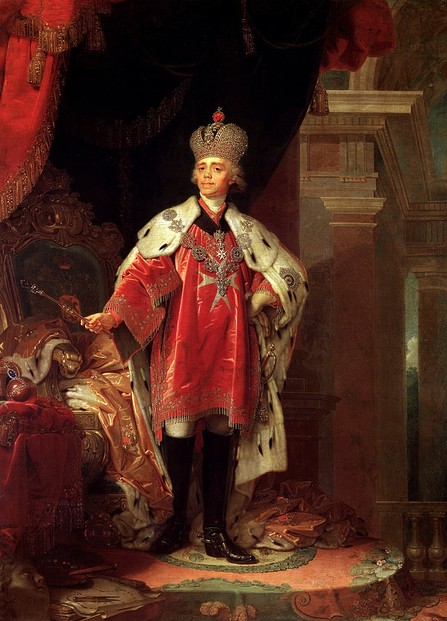
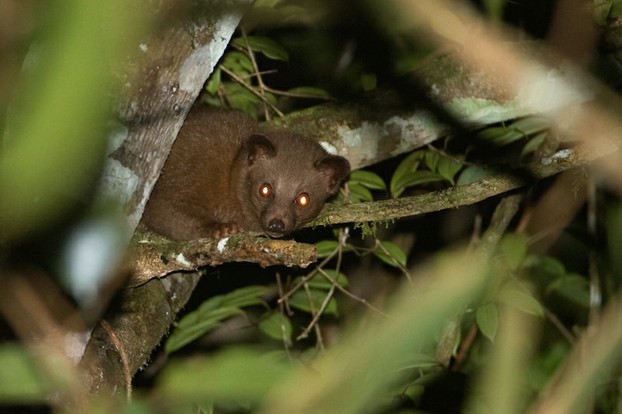
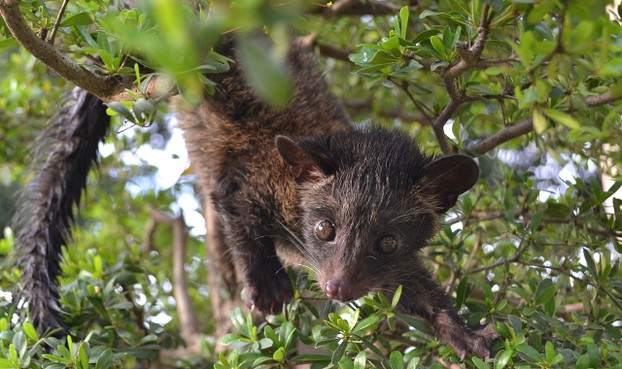
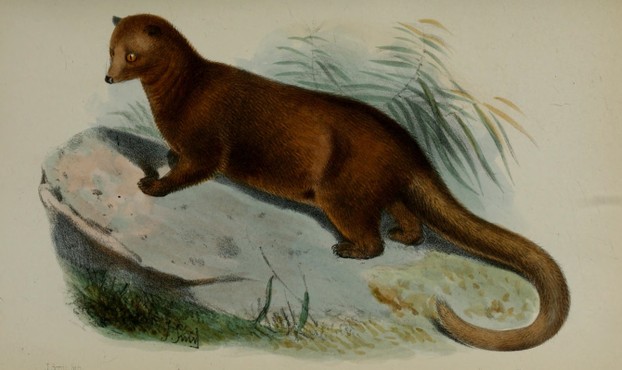
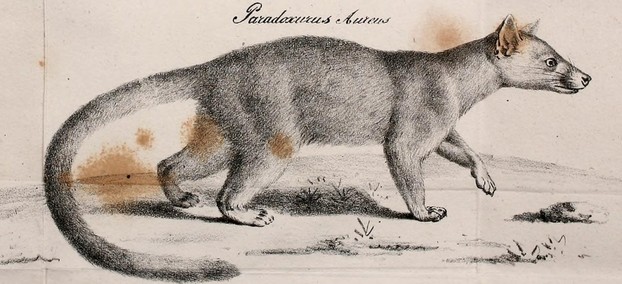
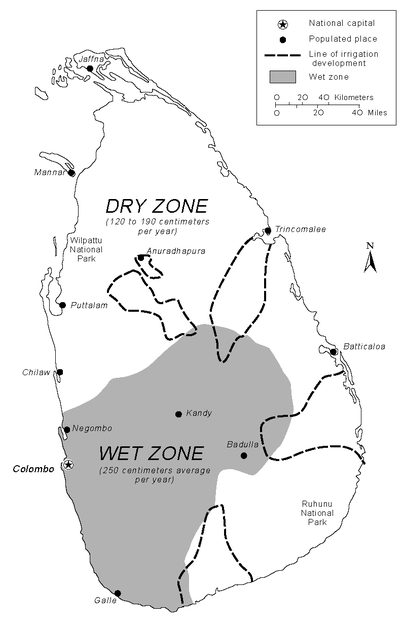
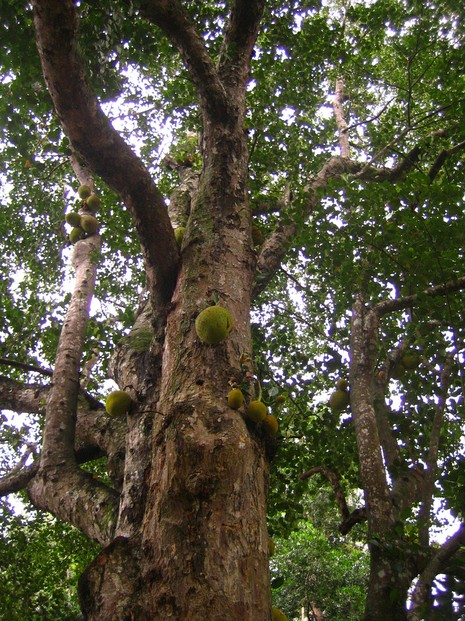
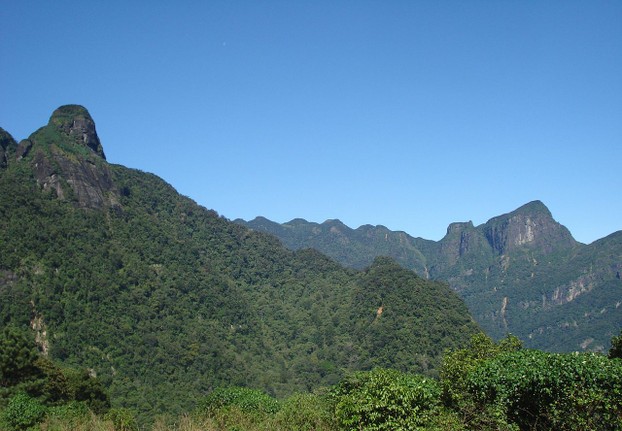
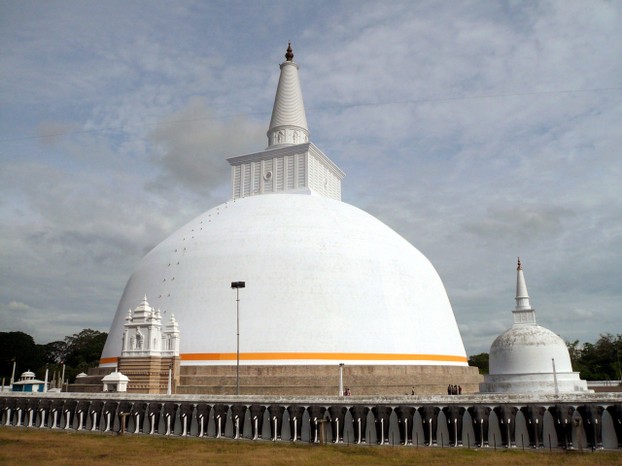
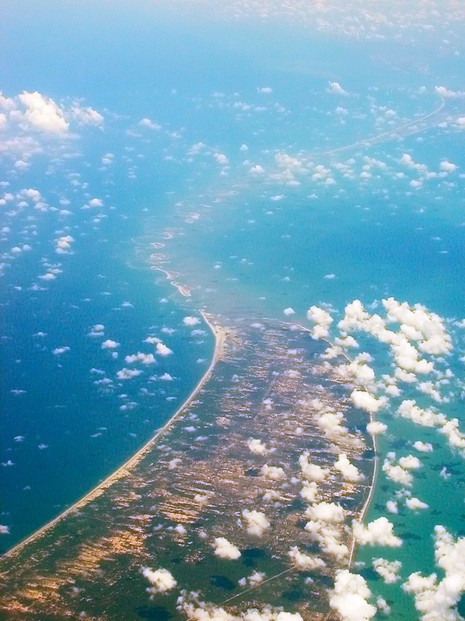
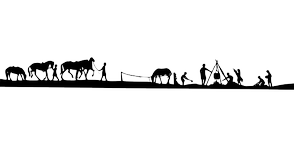



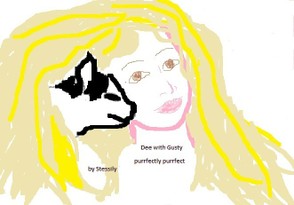
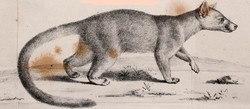

 Are Hawaiian Huakai Po Nightmarchers Avenging Halloween Thursday?on 10/02/2024
Are Hawaiian Huakai Po Nightmarchers Avenging Halloween Thursday?on 10/02/2024
 Mailing Addresses for 2023 Form 4868 Extending 1040 and 1040SR April 15, 2024, Due Dateon 04/15/2024
Mailing Addresses for 2023 Form 4868 Extending 1040 and 1040SR April 15, 2024, Due Dateon 04/15/2024
 Mailing Addresses for 2023 Forms 1040 and 1040SR Filed in 2024on 04/15/2024
Mailing Addresses for 2023 Forms 1040 and 1040SR Filed in 2024on 04/15/2024
 Mailing Addresses for 2022 Form 4868 Extending 1040 and 1040SR April 18, 2023, Due Dateon 04/13/2023
Mailing Addresses for 2022 Form 4868 Extending 1040 and 1040SR April 18, 2023, Due Dateon 04/13/2023

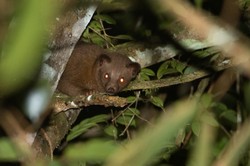
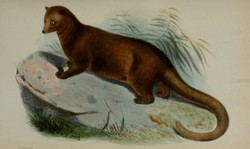
Comments